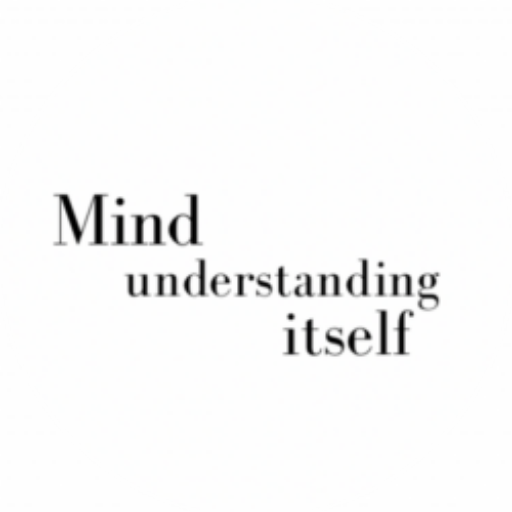How to Challenge Core Beliefs – III
Once identified, a dysfunctional core belief can be modified in order to create a more helpful schema about the self/ others/ or the world. This can be done using cognitive and behavioral interventions.
1. Start with the Belief and Its Intensity
- Identify the Core Belief
- “I am unworthy of love,” 90%
- “I am a failure” 80%
- Others can’t be trusted. 90%
- Rate the Belief
- How much do you believe this (out of 100)?
2. Look for Evidence For/Against the Core Belief
Maybe you have been holding onto this assumption for your whole life.
Have you ever questioned if it is 100% true?
- Find evidence in favor of your assumption
- What evidence do I have supporting this assumption?
- How did I come to this conclusion?
- If I had to convince a jury this belief is true, what would I say?
- Look for evidence against your assumption
- What evidence contradicts this belief?
- Have I ever had experiences that contradict this belief?
- What would a loving friend say to me about this assumption?
- What would I say to a friend who had the same belief?
Example, “I am unworthy of love.” (90%)
Evidence For “I am unworthy of love.”
- My parents weren’t very affectionate.
- My father was especially critical.
- I’ve been broken up with multiple times.
- Everyone else seems to be in long-term relationships.
Evidence Against “I am unworthy of love.”
- My brother consistently shows love and support.
- There have been moments when others appreciated me, even when I didn’t feel worthy.
A More Realistic View
- Many people go through multiple breakups — this doesn’t mean they’re unworthy of love.
- My father’s criticism says more about him than it does about me.
- Feeling unworthy doesn’t make it true.
3. Consider an Alternative Explanation
Reframe the Belief
- Is my assumption the only possible explanation?
- If I felt differently, would I view this situation another way?
- What might someone else in the same position believe?
Example, “I am unworthy of love.” (80%)
- Alternative explanation: Maybe my past relationships ended for reasons unrelated to my worth.
- Even if I haven’t always felt loved, that doesn’t mean I’m unworthy of love.
4. Identify Personal Values and Wishes:
- What does this belief say about your values or wishes?
- What does this belief reveal about what matters to you?
Example, “I am unworthy of love.” (80%)
I want to feel worthy of love and to be loved — just like many others do.
5. Explore Worst-Case, Best-Case, and the Most Realistic Scenarios
- Worst-Case Scenario:
- What is the worst that could happen if this core belief were true?
- What would that look like in your life?
- Can you cope with this outcome?
- Best-Case Scenario:
- What’s the best outcome if this belief isn’t true?
- How would it feel to live without this core belief limiting you?
- Most Likely Scenario:
- What’s the most realistic outcome based on your experience and evidence?
Example, “I am unworthy of love.”
- Worst case: No one ever loves me, and I feel alone.
- Best case: I meet people who truly love and value me.
- Most realistic: Some people may not connect with me, but others will care and accept me.
6. Understand the Function of the Core Belief?
- What makes you think that this is a good rule?
- What would happen if you didn’t believe it?
- Why have you held onto this belief?
- What function does it serve ? Does it protect you, give you comfort, or make you feel safe?
Example, “I am unworthy of love.” (70%)
- This belief protects me from rejection.
- It prevents me from trying to be accepted and liked. If I assume I won’t be liked, I don’t risk the disappointment of trying.
7. What does This Core Belief Cost You?
- How does this belief affect your life, relationships, and well-being?
- Does it make it harder to reach your goals or live by your values?
- How does it shape your relationships and self-worth?
Example, “I am unworthy of love.” (70%)
- This belief keeps me distant from love and connection.
- I don’t feel loved, even when I am.
- It lowers my self-esteem.
“If I let go of this belief, what could my relationships look like? Could I allow deeper connections?”
8. Identify Cognitive Distortions in the Core Belief
- What cognitive distortions are hidden in this belief and related thoughts?
Example, “I am unworthy of love.” (70%)
- Labeling — defining yourself as being unworthy of love.
- Magnification/Minimization — exaggerating others’ positives while downplaying your own worth.
- Filtering — focusing on relationships that did not work out while ignoring good possible connections.
- Self-blaming — taking responsibility for how others treated you.
- All-or-Nothing Thinking — believing you must be accepted by everyone, or you’re entirely unlovable.
- Overgeneralization — “Because a few relationships failed, none will ever work.”
- Fortune Telling —“This relationship will end badly, just like the others.”
9. Imagine Your Life Without the Core Belief
- How would your life look without this belief?
- What might you experience or achieve if you let go of this belief?
Example, “I am unworthy of love.” (60%)
- I could form deeper connections.
- I could build more lasting relationships.
- I could let myself feel and enjoy being loved.
10. Do What You Can Do to Act in Line with Your Values and Wishes
- What small steps can you take to act according to your values, despite the core belief?
- What actions could demonstrate that the core belief is not as powerful as you think?
- What’s one thing you can do today to defy this belief and honor your values?
- How can you continue to test and challenge it daily?
Example, “I am unworthy of love.” (60%)
- The fact that I have this core belief, does not prove that I am unworthy of love.
- This belief served to protect me from the pain of not being rejection and disapproval.
- However, this belief also made me insecure in my relationships, and prevented me from feeling love.
- I can choose not to believe this thought, even if it still shows up.
- I don’t have to act on this belief, even if I have it.
- I am worthy of love, and I can act in ways to claim it.
11. Reassess the Intensity of the Belief
After testing the core belief using all the methods above, ask yourself again:
- How much do I believe in this core belief now (out of 100)?
- Has the belief shifted in intensity or meaning?
- What evidence supports the new, more balanced perspective?
Example, “I am unworthy of love.”
- Before: 90%
- After: 50%
“I now see that past rejection doesn’t define my worth. Some people care about me and show me love. I am willing to take steps to connect with others.“
Working through core beliefs can be challenging. If you’d like some support, feel free to write to me.
See you in the next post,
Aysegul
For more:
How to Identify Core Beliefs -II
Core Beliefs in Cognitive Behavioral Therapy (CBT) -I
How to Challenge Automatic Thoughts in CBT
How to Challenge Maladaptive Assumptions in CBT







